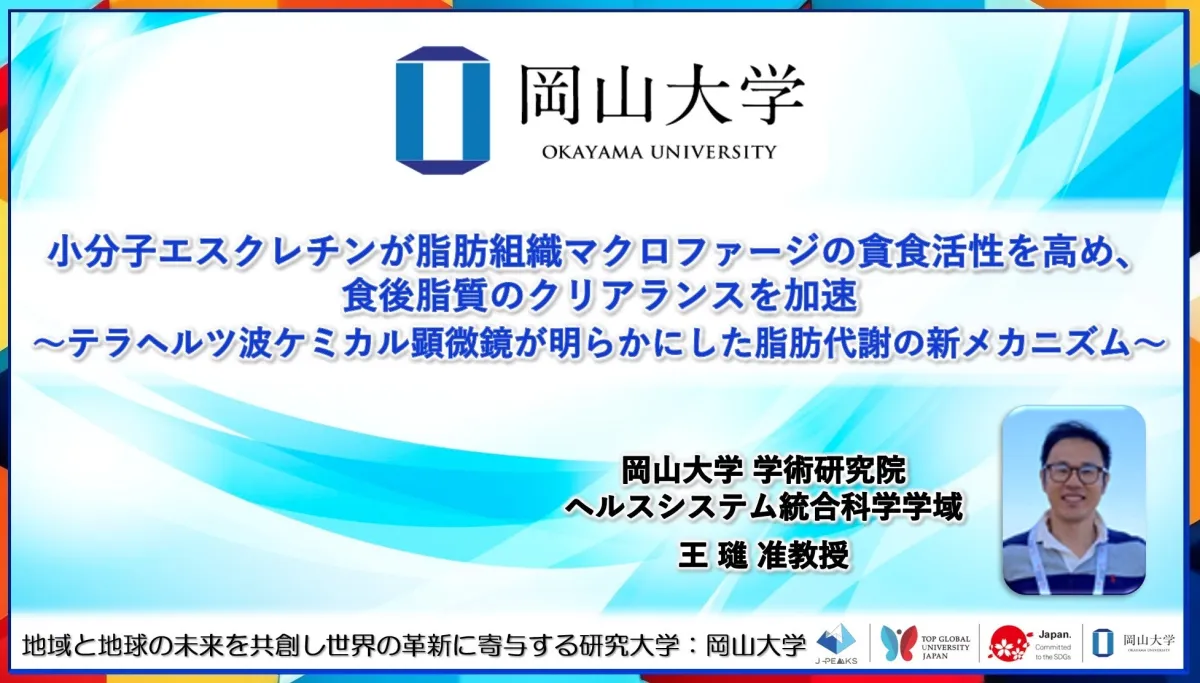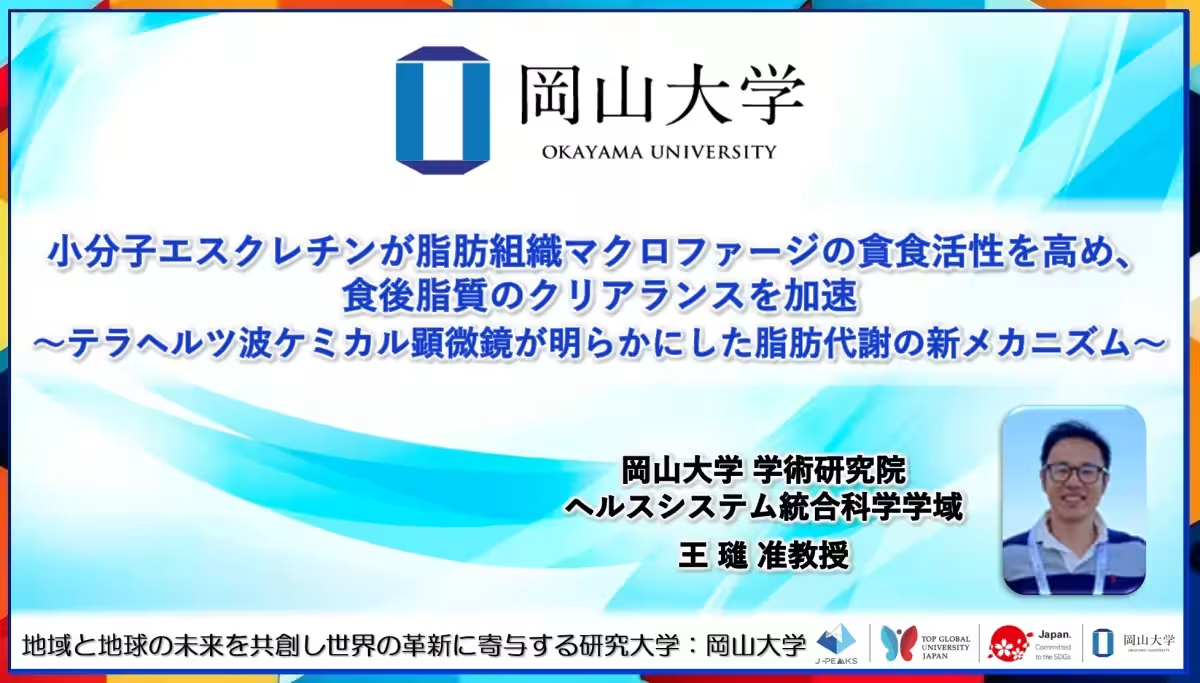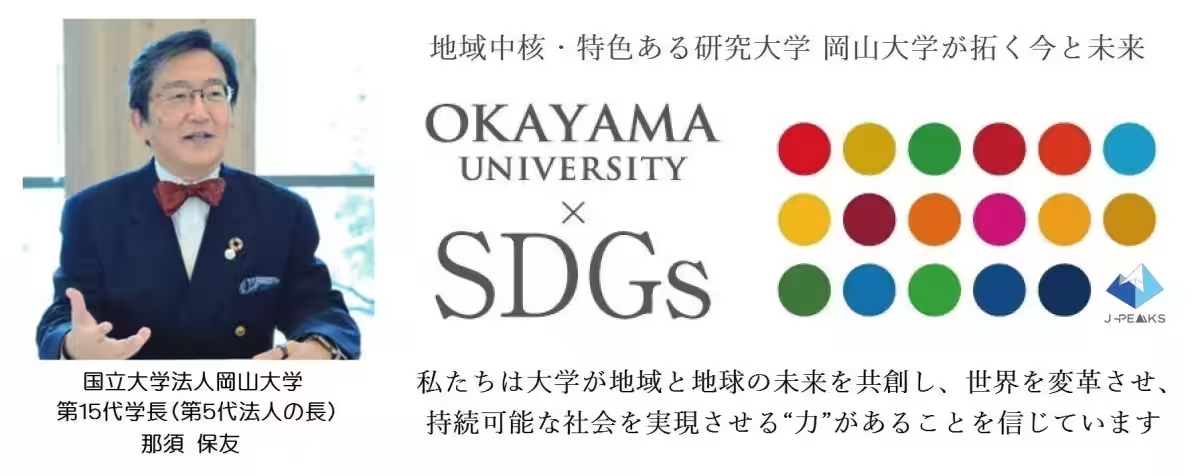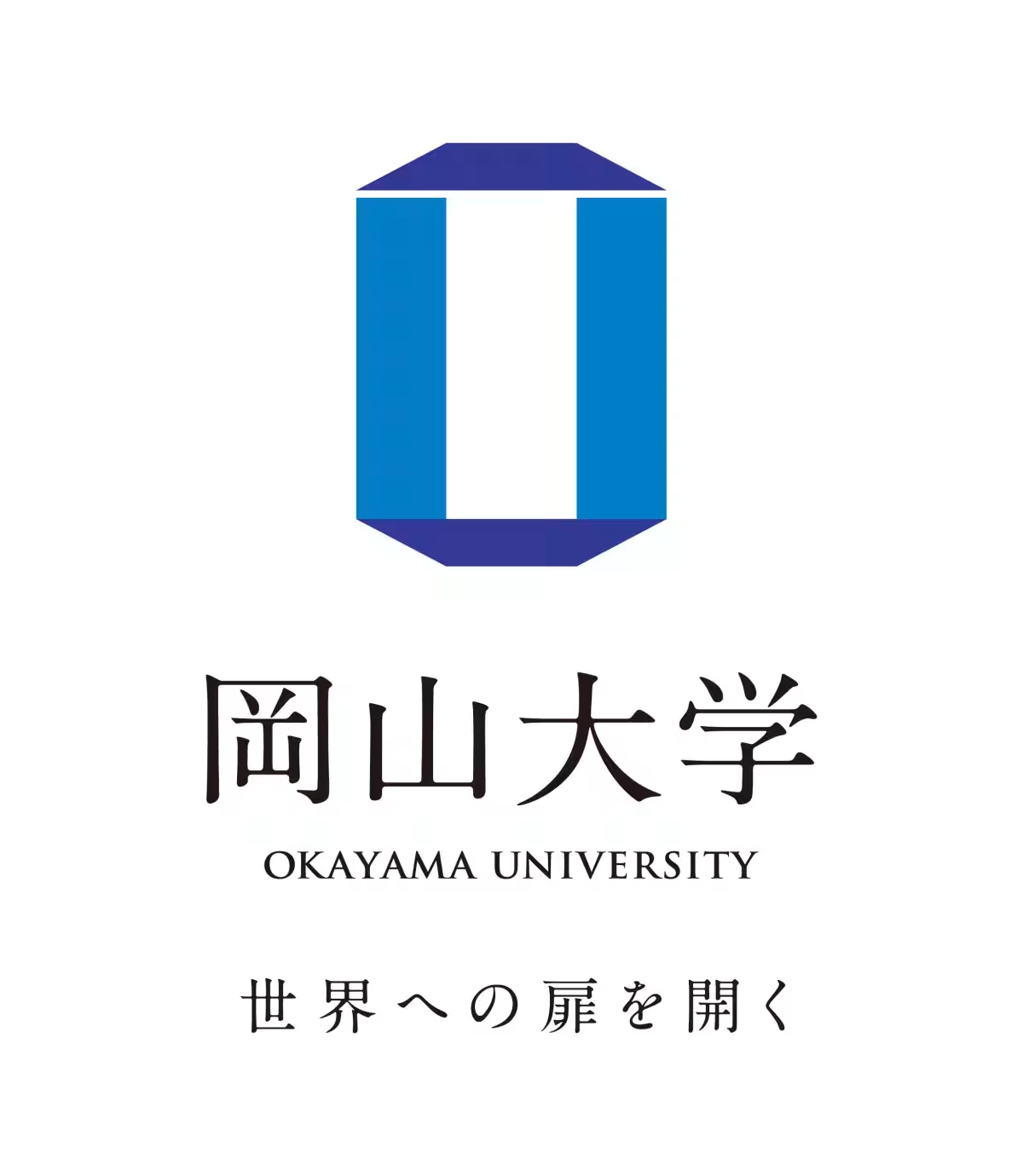

Okayama University Reveals New Insights into Lipid Metabolism Using Terahertz Chemical Microscopy
New Insights into Lipid Metabolism from Okayama University
Okayama University has recently unveiled significant research that could reshape our understanding of lipid metabolism following meals. Conducted by Dr. Jin Wang and his team, in collaboration with Xiamen University in China, this study sheds light on how a small molecule known as esculetin enhances the phagocytic activity of adipose tissue macrophages (ATMs), leading to improved clearance of lipids in the bloodstream after eating. This research stands out for its innovative application of Terahertz Chemical Microscopy (TCM), a method previously limited to the terahertz sensor field, into the domain of pathological studies.
Research Overview
The study's findings reveal that esculetin directly binds to the transcription factor C/EBPβ, resulting in the upregulation of the scavenger receptor CD36 on ATMs. This process not only boosts the lipid-clearing capacity of these immune cells but also accelerates the generation of HDL cholesterol and activates the bile acid excretion pathway, which collectively enhances the clearance of lipids from the blood after meals. This new mechanism has significant implications for understanding metabolic processes and potential treatments for metabolic disorders.
One of the remarkable aspects of this research is the use of TCM to visualize molecular interactions at unprecedented levels. This non-invasive observation highlighted the binding of esculetin to C/EBPβ, a feat that previous technologies struggled to achieve. The ability to clinically visualize drug-transcription factor interactions opens up exciting new doors in pathology and pharmaceutical science.
The findings have been published in the peer-reviewed journal Theranostics, contributing to the relevant field of lipid metabolism science and underscoring the potential of TCM as a versatile research tool.
Words from Dr. Wang
Dr. Wang emphasized the importance of the study, stating, “This research highlights that adipose tissue macrophages do not solely 'store' fat but also play an active role in 'processing' it. Through Terahertz Chemical Microscopy, we have visualized molecular interactions, thereby unlocking a new understanding of postprandial metabolism.”
Concluding Thoughts
The implications of this study can lead to future research directions focusing on metabolic health and diseases such as obesity and diabetes. By targeting molecular interactions like those discovered in this study, new therapeutic strategies could emerge, providing hope for better management of metabolic conditions. Okayama University’s commitment to fostering innovative research and collaboration prepares it to be at the forefront of significant biomedical advancements.
For more details, you can access the original research article here: A small molecule esculetin accelerates postprandial lipid clearance.








Topics Health)










【About Using Articles】
You can freely use the title and article content by linking to the page where the article is posted.
※ Images cannot be used.
【About Links】
Links are free to use.